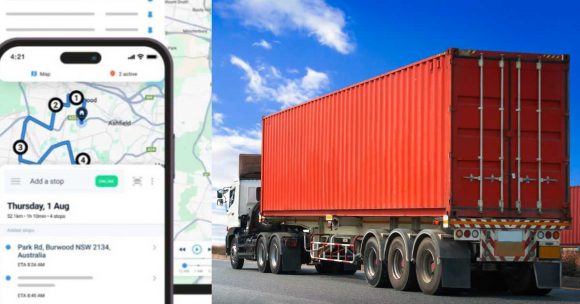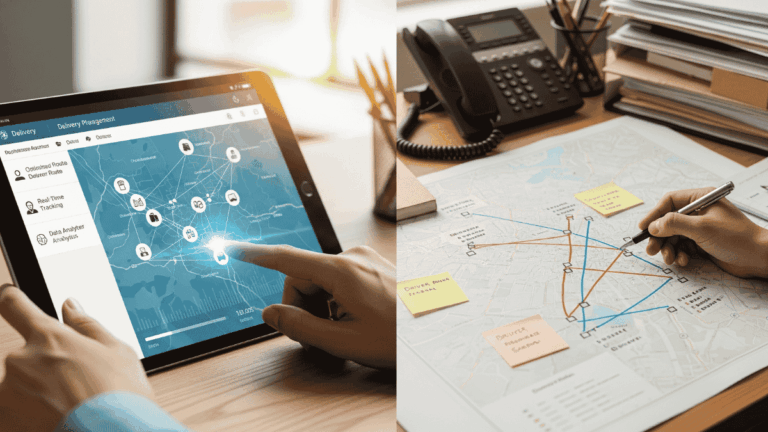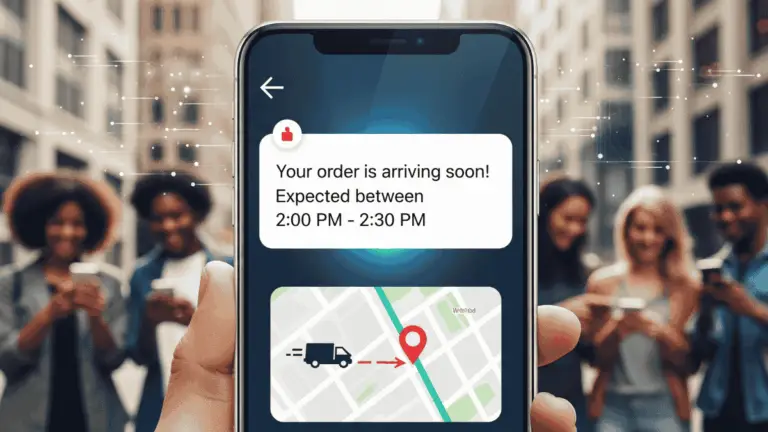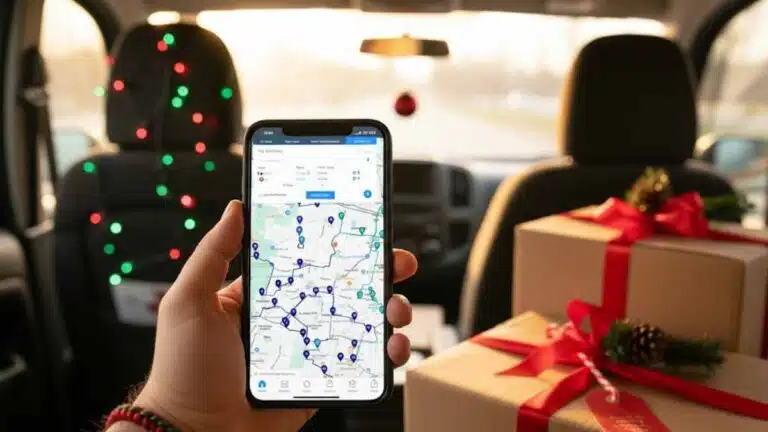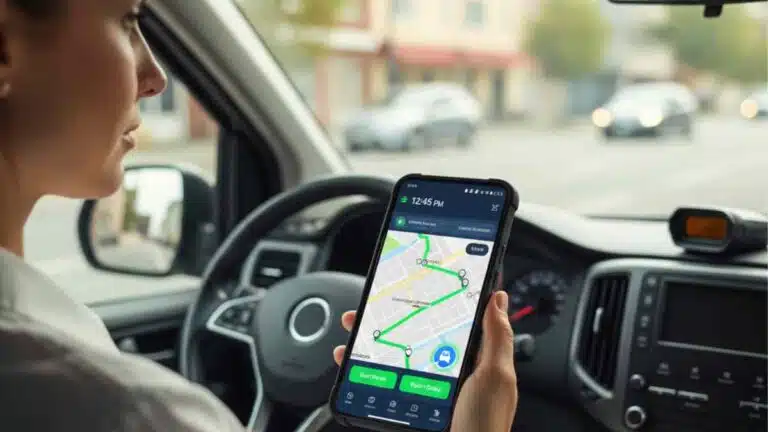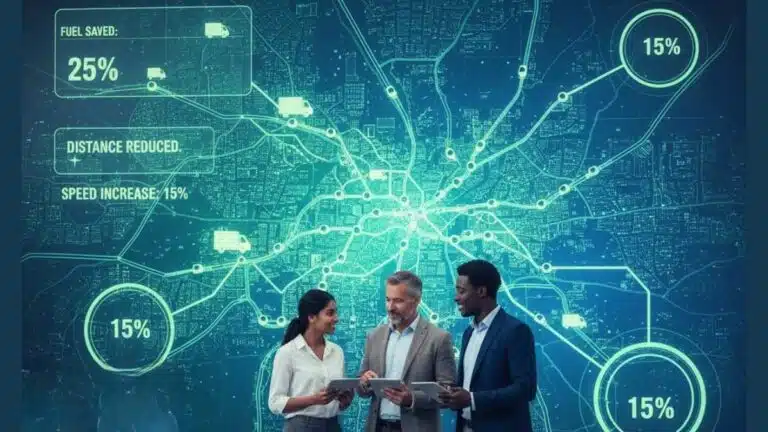Managing deliveries in logistics is a challenging task at the best of times. If you’ve ever dealt with delays, miscommunication, or a fleet of drivers who seem allergic to punctuality, you know better. Your operation needs delivery management software.
In my own logistics carrier, I often wished I had hopped onto the technology trend. Delivering cargo during bumper-to-bumper shipments had some bottlenecks because I wasn’t tapped into the best routes. I also didn’t have eyes on my cargo at all times – honestly speaking.
So often, I dealt with lost drivers taking wrong turns and even going to the wrong warehouse – what a total disaster.
Here are five facts about delivery management software you probably didn’t know—and some tips to make your job a whole lot easier.
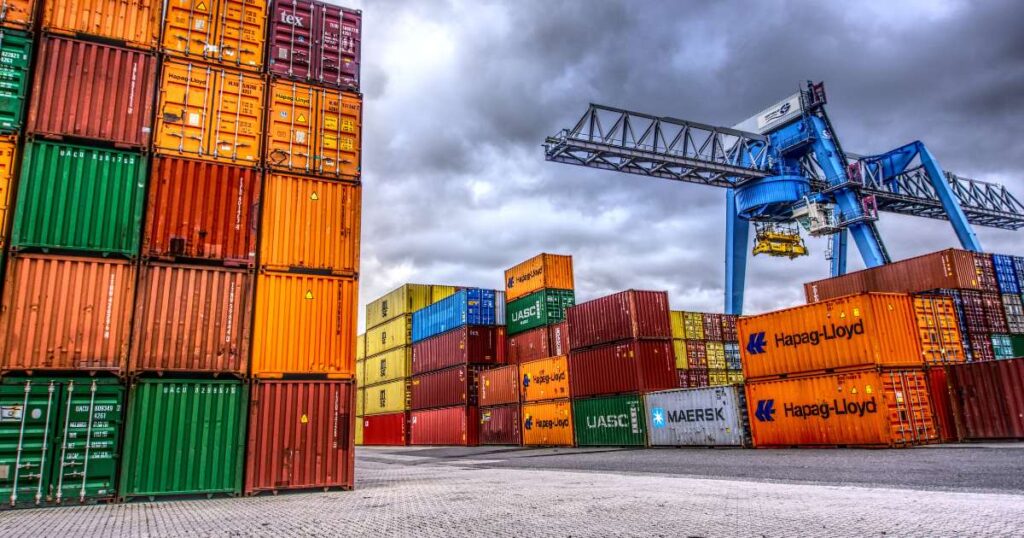
1. It’s not just about tracking trucks
Sure, real-time tracking is one of the first things you think of when someone mentions delivery management software. But in logistics, it’s also about tracking efficiency.
As a logistics company owner, you know that having oversight on all your cargo is important.
Picture this: You have loaded a customer’s cargo into a shipping container. You’re not using real-time tracking, so your customer is kept in the dark.
The cargo is delayed on the highway to the port. The customer keeps calling you to ensure you actually arrive at the port.
Put yourself in the customer’s shoes: Frustration and anxiety are all they may be feeling.
Flip the script: With real-time tracking, the customer doesn’t need to call you every few minutes for an update. The customer is in control of the shipment and stays informed until the cargo is delivered to the port.
As someone who managed cargo transportation for many years, I know how important it is to keep customers front-and-center when dealing with their cargo.
You can give them peace of mind with real-time tracking. The customer is the winner here.
What’s the key takeaway here? Real-time tracking doesn’t just update you— but it also keeps your customers in the loop.

2. Delivery management software helps you multitask
As a logistics manager, I once scheduled two deliveries at the same time. This created pressure on the receiving warehouse.
I received a frantic call from my customer to say there was other cargo still on the floor that needed to leave the warehouse before more containers could be received.
With delivery management software on my side, this is my result:
The software does my scheduling, route optimization, and sends notifications to the customer, enhancing efficiency and profitability by providing fast and cost-effective routing solutions.
So I won’t have two deliveries arriving at a warehouse at once. It sorts out my scheduling headache.
What’s the key takeaway here? Use delivery scheduling tools to eliminate the “human error” factor. Automating schedules frees up your time and ensures your team can deliver exactly when needed.
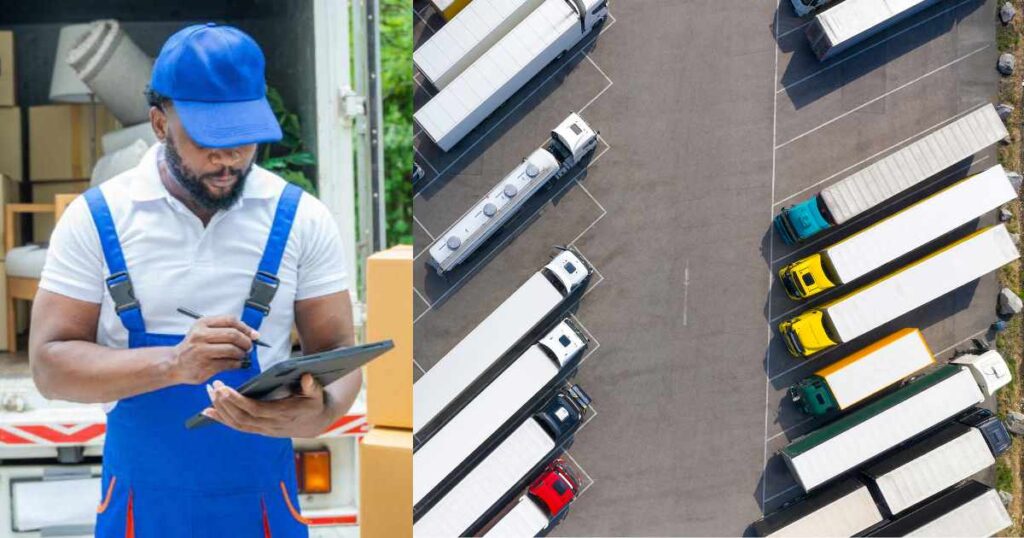
3. Delivery management software makes you look like a logistics pro
You know that awesome feeling when you send a perfectly timed SMS to a customer about their delivery?
That’s delivery management software at work for your logistics operations.
Your team can stay informed throughout any delivery – no matter if you’re hauling cargo across the country, delivering a food order, or moving furniture to a customer’s home or office.
Every member of the team has eyes on what’s happening. It’s like your “behind the scenes” logistics manager at work for your business.
What’s the key takeaway here? Stay ahead and informed during the delivery process by using this delivery technology tool.

4. Delivery management software helps you keep track of finances
Whether you have a delivery fleet of five vehicles or 50 trucks, your business needs to be mindful of its finances. This technology can help you do this.
Here’s how: You are a haulage company transporting containers from the port to a warehouse.
By using route optimization, your drivers can avoid traffic jams, reduce fuel consumption, and minimize wear and tear on your vehicles.
Over time, this adds up. You may even find that your business is growing fast, and use the saved expenses to invest in another vehicle.
What’s the key takeaway here? If you invest in software with route optimization features, you can save on fuel and maintenance, putting money into your pocket.

5. Helps your team perform better
As a logistics manager planning transport, I always wanted to avoid confusion. I never wanted my drivers to spend half their shifts figuring out routes.
You don’t want this either. Every minute counts in the logistics industry.
With delivery management software, there are no constant calls from drivers for updates. They have a driver app that can help them stay on top of each delivery.
This software also allows the driver to receive any special instructions and even capture proof of delivery.
What’s the key takeaway here? Empower your team with tools that reduce friction and keep things moving smoothly. If the team is all on the same page, your logistics operations can run like clockwork.
About the author
Sharl is a qualified journalist. He has over 10 years’ experience in the media industry, including positions as an editor of a magazine and Business Editor of a daily newspaper. Sharl also has experience in logistics specifically operations, where he worked with global food aid organisations distributing food into Africa. Sharl enjoys writing business stories and human interest pieces.

